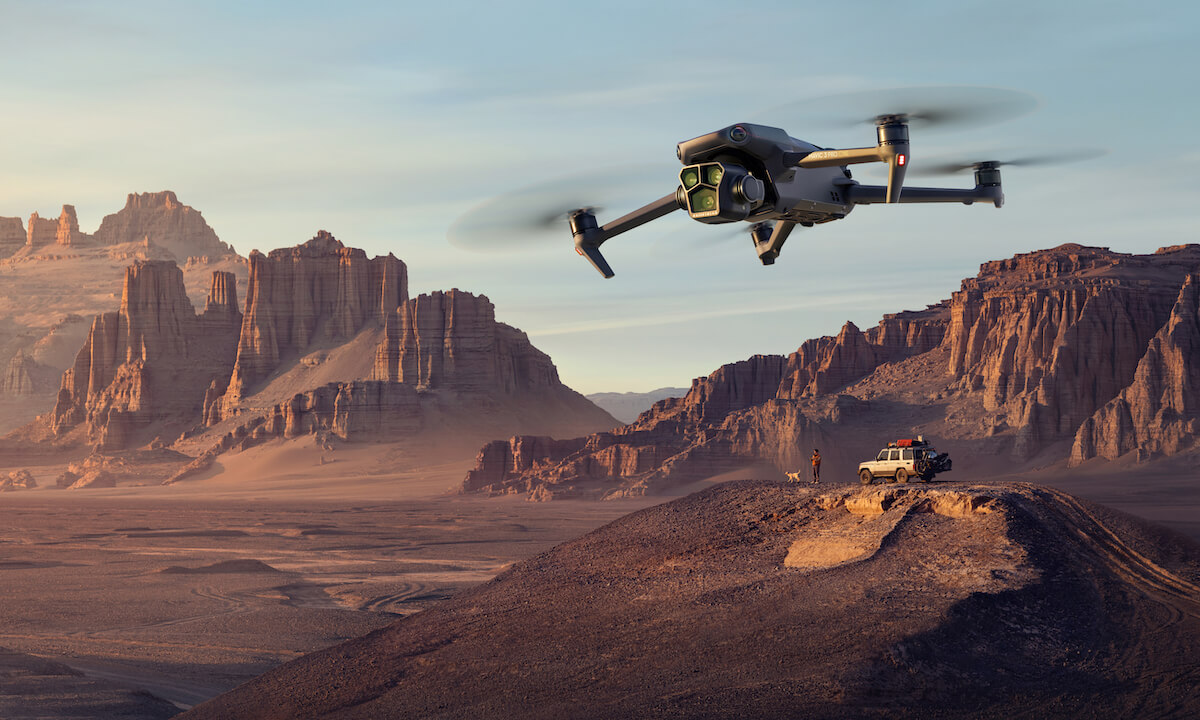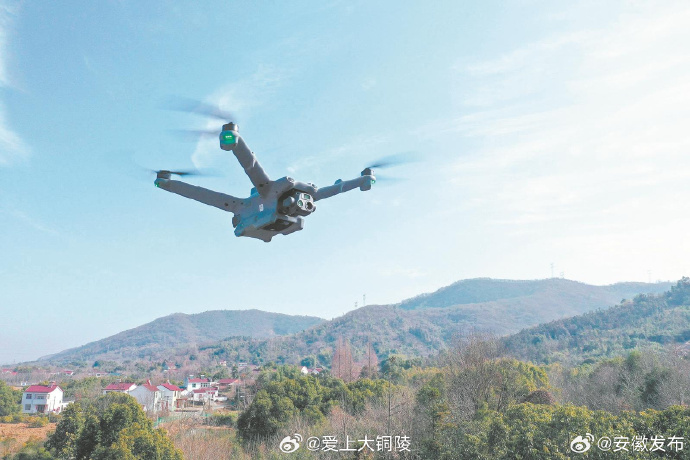Drone bees, often overlooked in the world of bees, play a unique and crucial role within the hive’s ecosystem. While worker bees usually garner most of the attention due to their productivity and versatility, drone bees are specialized members with distinct functions. Understanding what drone bees do involves looking into their biology, their purpose in the hive, and their lifecycle.
What Are Drone Bees?
Drone bees are the male members of the bee colony. Unlike worker bees, drones do not have stingers, they cannot collect pollen, and their physical structure is designed for one primary purpose—reproduction. Their large, robust bodies and large eyes are uniquely adapted to locate and mate with a queen bee during the mating season.
Roles and Responsibilities
Drone bees contribute to the integrity and future generations of their colony. Their primary role is to mate with the queen bee, ensuring genetic diversity and the health of progeny. They emerge in spring and summer when mating flights occur, and this seasonal presence signifies their vital role in the hive’s reproductive cycle.
Mating typically happens away from the hive. Drones congregate in drone congregation areas—specific zones where they wait for virgin queens to arrive. This behavior enhances mating efficiency for the bees, with the fastest and most agile drones being successful.
After mating, drone bees unfortunately do not have a long lifespan. Their biological role ends swiftly as they die soon after performing their reproductive duty, ensuring their genetic contribution to the hive’s future.
Life Cycle of Drone Bees
The life cycle of drone bees starts when worker bees feed selected bee larvae with protein-rich royal jelly. This diet continues until the larvae develop into pupae and later emerge as adult drones. Unlike worker bees, drones do not engage in laborious tasks within the hive such as feeding the younger bees or building and maintaining the hive.
The presence of drones in the hive is subject to seasonal changes. During colder months or when resources are scarce, drones may be expelled from the hive to preserve resources for the workers and the queen. This behavior underscores the hive’s survival strategy during challenging times.

The Importance of Drones in Biodiversity
The mating actions of drone bees contribute significantly to the genetic variation in bee populations. This diversity is crucial for the resilience of bee colonies against diseases and environmental stresses, particularly given current challenges such as habitat destruction and climate change.
Moreover, drones indirectly support agricultural yield by ensuring pollination continuity as bees reproduce effectively. Having a robust bee population implies healthy ecosystems, essential for plants and the wider biodiversity.
FAQs on Drone Bees
Q: Why are drone bees important?
A: Drone bees are crucial for mating with the queen, which ensures genetic diversity and the health of future bee generations. This is vital for the sustainability of bee colonies.

Q: How long do drone bees live?
A: Drone bees live mainly during mating season and die shortly after mating with the queen. They usually live for a few months.
Q: What happens to drones in winter?
A: During winter, the hive reduces its number due to scarce resources, often leading to drones being expelled to ensure the survival of the queen and worker bees. This behavior is part of the natural cycle and survival strategy.